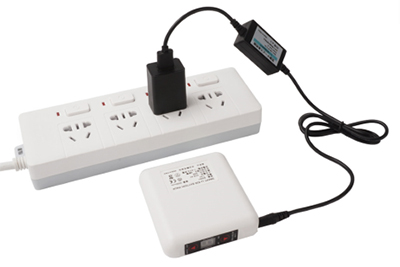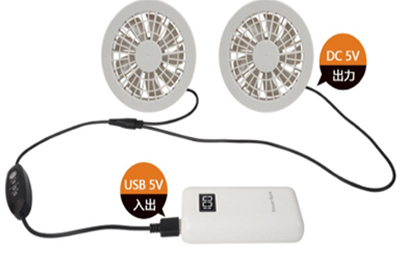What are the main components of lithium-ion battery materials? The following is a brief introduction to the four main materials of lithium-ion batteries.
The material composition of a lithium-ion battery consists of four main parts: cathode material, anode material, electrolyte, and separator.

Cathode materials include lithium cobalt oxide, ternary materials (lithium nickel cobalt manganese oxide), lithium iron phosphate, and lithium manganese oxide. Different cathode materials have different properties such as voltage, capacity, and life.
Anode materials are typically graphite or graphitized carbon materials, with smaller amounts of materials such as silicon and lithium titanate also used.
The electrolyte generally consists of lithium salts and organic solvents. Lithium salts mainly include LiPF6, LiBF4, etc., while organic solvents are usually carbonates, acrylates, etc.
Separators typically use polyolefin materials such as polypropylene and polyethylene to separate the positive and negative materials and allow ion transmission.
Advantages of lithium-ion battery materials include high energy density, long cycle life, and low self-discharge rate, but there are also several drawbacks, including high cost and safety issues.

The following is a brief overview of the four main materials used in lithium-ion batteries.
There are four main materials used in lithium-ion batteries: cathode material, anode material, electrolyte, and diaphragm material.
1. cathode material: The cathode material is the part of the lithium-ion battery that stores the positive charge and is one of the key elements that determine battery performance. Common cathode materials include ternary materials (e.g., LiCoO2, LiMn2O4, LiNiCoAlO2), lithium iron phosphate, lithium cobalt oxide, lithium manganate, and phosphorus trisulfide.
Anode material: Anode material is the part of a lithium-ion battery that stores negative charge, and its main function is to absorb lithium ions. Common anode materials include graphite, silicon, and tin. 3.
3. electrolyte: The electrolyte is the medium that connects the cathode and anode and functions as the transfer medium for ions, and its main components are organic solvents and lithium salts. Commonly used organic solvents include dimethyl carbonate and ethylene carbonate; LiPF6 is typically used for lithium salts.
4. diaphragm material: The diaphragm material is an important part of the battery and is used to separate the positive and negative electrodes while allowing ions to pass through. Common separator materials include polypropylene and polyethylene.
Together, these four materials make up the basic building blocks of a lithium-ion battery, and their performance and combination directly affect the performance and life of the battery.

 En
En